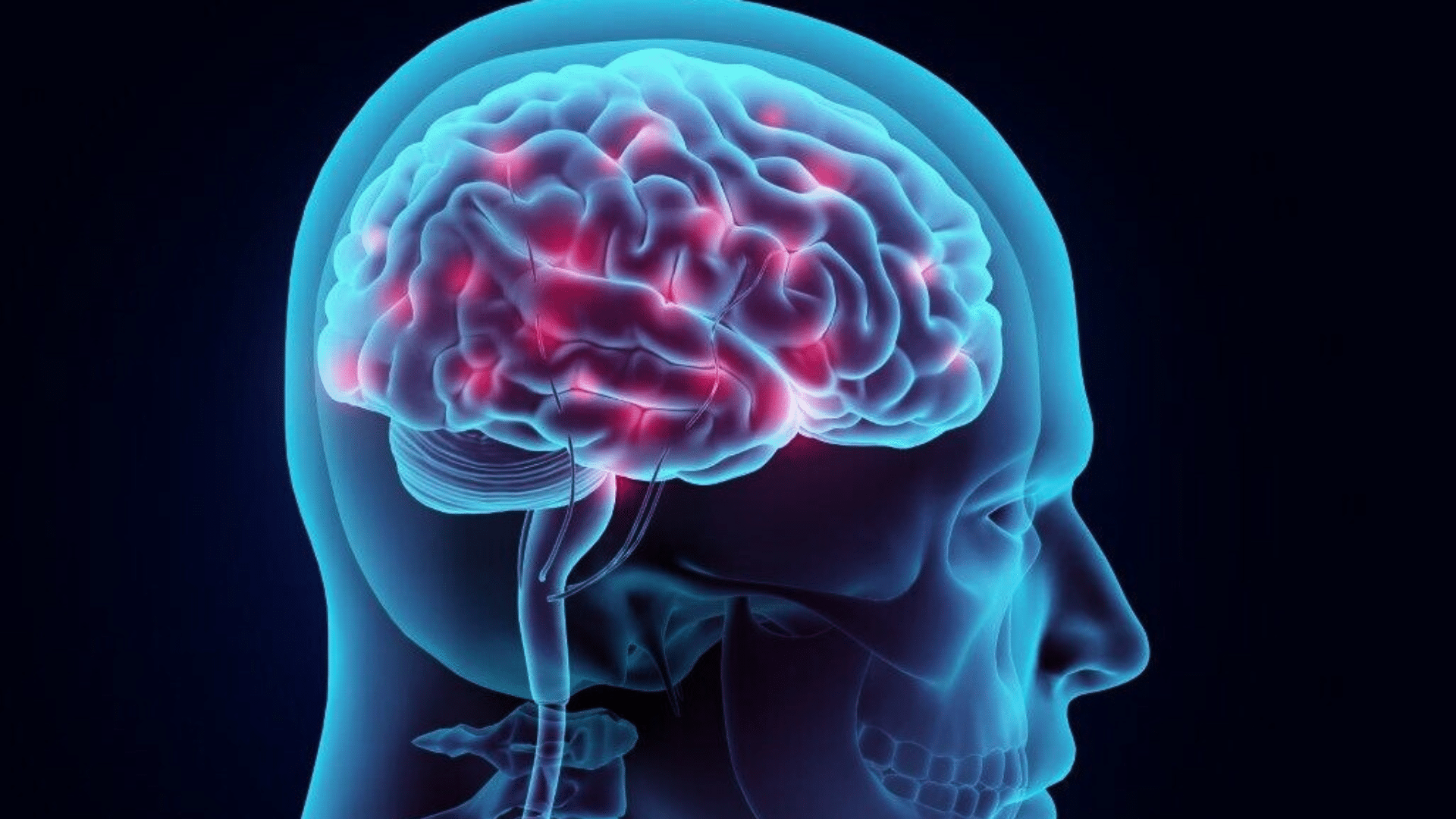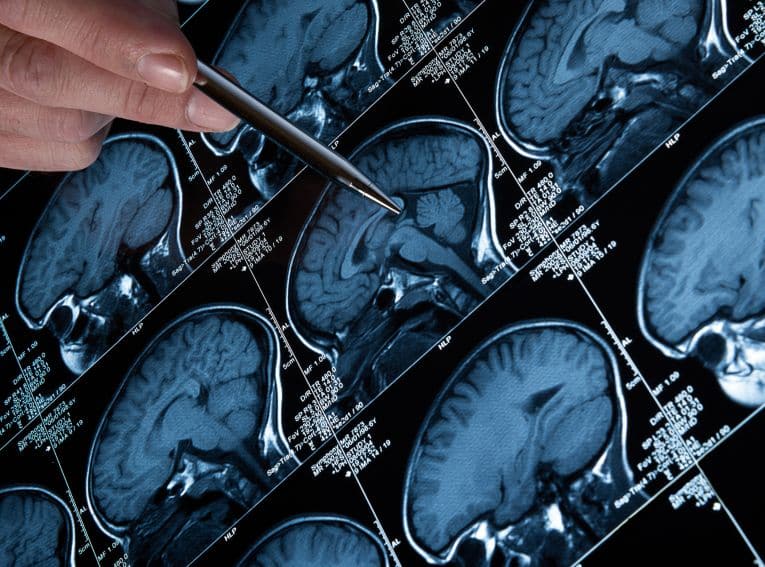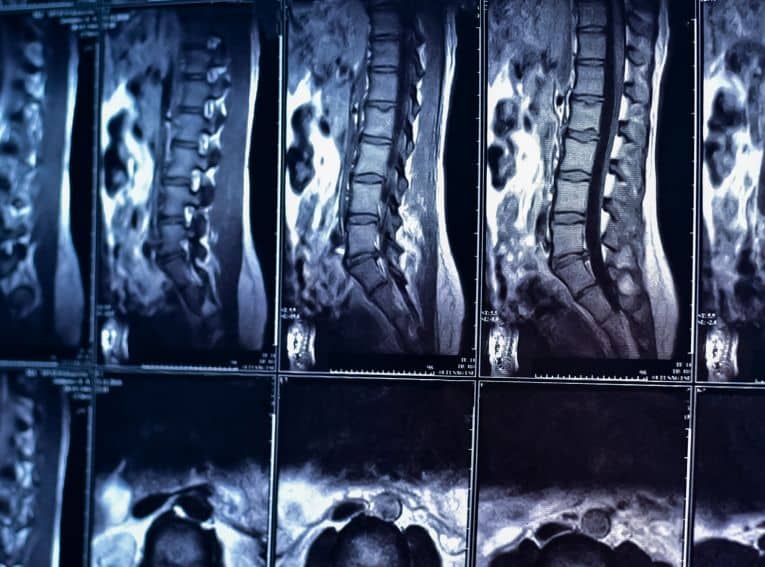
Cerebral Hemorrhage
A cerebral hemorrhage occurs when a blood vessel in the brain bursts and bleeds into the surrounding brain tissue, damaging brain cells. Also known as an intracerebral hemorrhage, this condition involves bleeding within tissues in the brain that may significantly damage or kill blood cells and lead to life-threatening complications. Different types of cerebral hemorrhages are classified by the location of the bleeding, which may occur inside the brain, between the brain and its protective membranes, between the layers of membranes or between the skull and brain coverings. A cerebral hemorrhage is a serious condition that requires immediate medical treatment.
Causes of Cerebral Hemorrhage
Head injuries are the most common cause of this condition, especially in patients under the age of 50. Bleeding from a cerebral hemorrhage may also occur as a result of several different causes, including:
- Ateriovenous malformation (AVM)
- Aneurysm
- High blood pressure
- Amyloid angiopathy
- Drug abuse
Although not as common, other causes may include bleeding disorders, liver disease or the use of blood thinners. Bleeding may occur in premature infants within the fluid-filled spaces of the brain, a condition known as intraventricular hemorrhage.
Symptoms of Cerebral Hemorrhage
A cerebral hemorrhage usually triggers an onset of sudden symptoms that may include:
- Headache
- Weakness
- Confusion
- Temporary loss of vision
- Nausea
- Vomiting
- Seizures
- Loss of consciousness
Immediate medical attention is required to reduce the risk of permanent damage of a cerebral hemorrhage. A cerebral hemorrhage causes pressure on the brain that can interfere with its oxygen supply and cause brain and nerve damage.
Diagnosis of Cerebral Hemorrhage
A cerebral hemorrhage may be diagnosed through a physical examination and a review of all symptoms. Additional diagnostic tests to detect bleeding in the skull, as well as the location and severity of the hemorrhage, may include:
- Blood tests
- CT scan
- MRI scan
- Cerebral angiogram
- Carotid ultrasound
An echocardiogram may also be performed to detect any blood clots in the heart that may have traveled from the heart to the brain and caused the cerebral hemorrhage.
Cerebral Hemorrhage Treatment
Treatment for a cerebral hemorrhage focuses on stopping the bleeding, removing the blood clot or hematoma, and relieving the pressure on the brain. Treatment for a cerebral hemorrhage depends on the cause of the condition, but may include surgery to remove or repair any structures within the brain that caused the bleeding, such as an aneurysm or AVM. Surgery may also be performed to simply stop the bleeding through the use of a catheter that widens or closes off affected blood vessels. Medications may also be administered to relieve symptoms of seizures, pain and swelling. Patients who experienced permanent damage as a result of a cerebral hemorrhage may receive additional treatment in a rehabilitation program.
Additional Resources
Welcome to the office of neurosurgeon Dr. Vikas Rao, where your health comes first. Below are some of the neurosurgical treatments that we offer in Mission Viejo, CA:
Contact us today
Your concerns are important to us, and we want to make sure all of your questions are answered so you understand your options. Please contact our office with any questions, and our team will be happy to assist you.
Give us a call
We're open to serve
Our doctor and staff are devoted to our patients. Please fill out the form below with any questions or to schedule an appointment and our team will get back to you within 24 to 48 hours.





